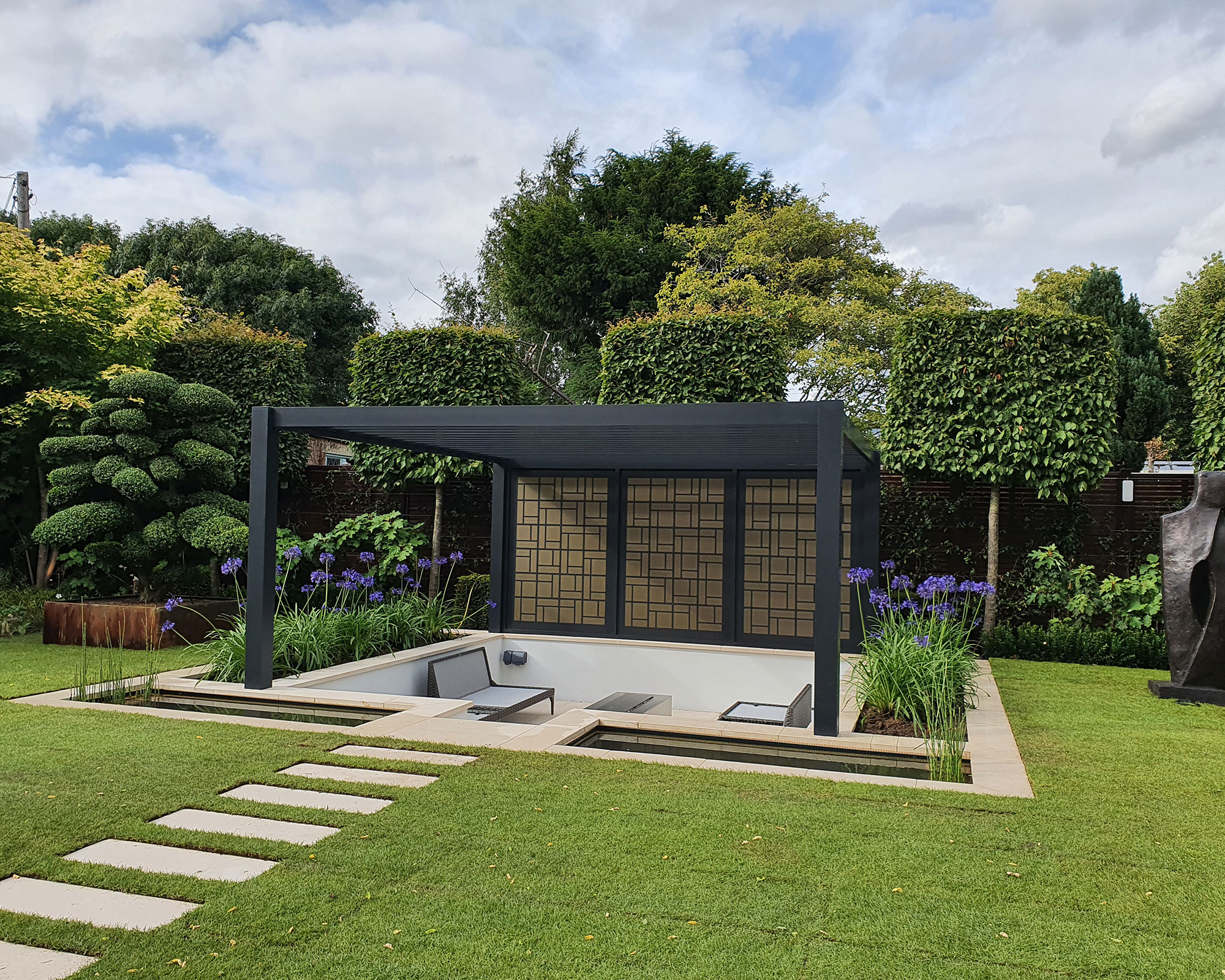7 Easy Facts About Hilton Head Landscapes Explained
Wiki Article
7 Simple Techniques For Hilton Head Landscapes
Table of ContentsGetting My Hilton Head Landscapes To WorkThe Hilton Head Landscapes PDFsGetting My Hilton Head Landscapes To WorkWhat Does Hilton Head Landscapes Do?Get This Report about Hilton Head LandscapesThe Best Strategy To Use For Hilton Head LandscapesHilton Head Landscapes Can Be Fun For Anyone
Line creates all kinds and patterns and can be used in a range of methods the landscape. Line in the landscape is developed by the edge in between 2 products, the overview or shape of a form, or a lengthy direct attribute. Lines are a powerful device for the developer since they can be used to develop an infinite range of forms and kinds, and they regulate activity of the eye and the body.

Lines can have several features, such as those explained below, but they typically offer various functions. Figure 1. Lines in the landscape - landscape design hilton head. The properties of lines determine how people react to the landscape, both mentally and physically. Straight lines are architectural and forceful; they develop a formal personality, are typically connected with a balanced layout, and lead the eye straight to a focal point.
More About Hilton Head Landscapes
Curved lines create an informal, all-natural, relaxed character that is associated much more with nature and unbalanced balance. Rounded lines relocate the eye at a slower pace and add enigma to the room by developing hidden sights.Vertical lines in the landscape include tall, narrow plant product, such as trees, or high frameworks, such as an arbor or a bird home on a pole. Horizontal lines move the eye along the ground aircraft and can make a room really feel bigger. Low lines are more subdued and develop a sensation of rest or repose.
Little Known Questions About Hilton Head Landscapes.
Lines are likewise produced by the vertical kinds of constructed functions and plant material. There are 3 key line types that create type in the landscape: bedlines, hardscape lines, and plant lines.Bedlines connect plant product to your house and hardscape since the eye adheres to the line, moving the gaze via the landscape. Hardscape lines are created by the edge of the hardscape, which delineates the built structure. Line can likewise be created by long and slim products, such as a fencing or wall surface.
The Buzz on Hilton Head Landscapes
Kind is discovered in both hardscape and plants, and it is typically the leading aesthetic component that spatially organizes the landscape and frequently determines the style of the garden. The type of frameworks, plant beds, and garden accessories likewise establishes the general form motif of the garden. Official, geometric types include circles, squares, and polygons.Plants produce kind in the yard through their lays out or silhouettes, but form can also be defined by a space or adverse room in between plants - Landscapers near me (https://h1tnhdlndscps.start.page). Circles can be full circles, or they can be separated right into fifty percent circles or circle segments and integrated with lines to create arcs and tangents
Rumored Buzz on Hilton Head Landscapes
Circles can likewise be extended into ovals and ellipses for even more variety and passion. Circles are a strong design click for info kind due to the fact that the eye is constantly attracted to the facility, which can be utilized to emphasize a focal factor or connect various other forms. Number 2. Circular types in hardscape and lawn panels.The square form can additionally be segmented and secondhand repetitively to develop a grid pattern. Unlike circles, squares are stronger on the sides, which can be aligned or overlapped to develop distinct patterns and more complicated types. Polygons are many-sided types with straight edges. Triangles, for instance, are three-sided polygons.
Twisting lines usually mimic the natural course of rivers or streams and can be called smooth lines with deeply bent undulations. Twisting lines (Figure 3) work well for paths, plant bedlines, and dry stream beds. Twisting lines can include interest and enigma to a yard by leading visitors around corners to discover brand-new views and areas.
The Basic Principles Of Hilton Head Landscapes

Typical plant forms are well established and standardized, as form is the most consistent and identifiable feature of plants. Type can also be developed with the massing of plants, where the general mass develops a different type than an individual plant.
A highly contrasting form needs to be utilized with careone or more job well as a focal factor, yet also many wreak havoc. All-natural plant kinds, rather than over-trimmed types, should develop the mass of the structure. The importance of total type is basically depending on the seeing perspectivethe form of a tree can appear rather various to a person standing under the cover versus viewing the tree from a range in an open field.
3 Easy Facts About Hilton Head Landscapes Described
Plant kinds likewise produce and specify the void or open areas between the plants, producing either convex or concave types in deep spaces. High-arching tree branches generally create a concave open space under the branches, and a round cover with low branches fills the area to develop a convex kind in the open space under the tree.
Report this wiki page